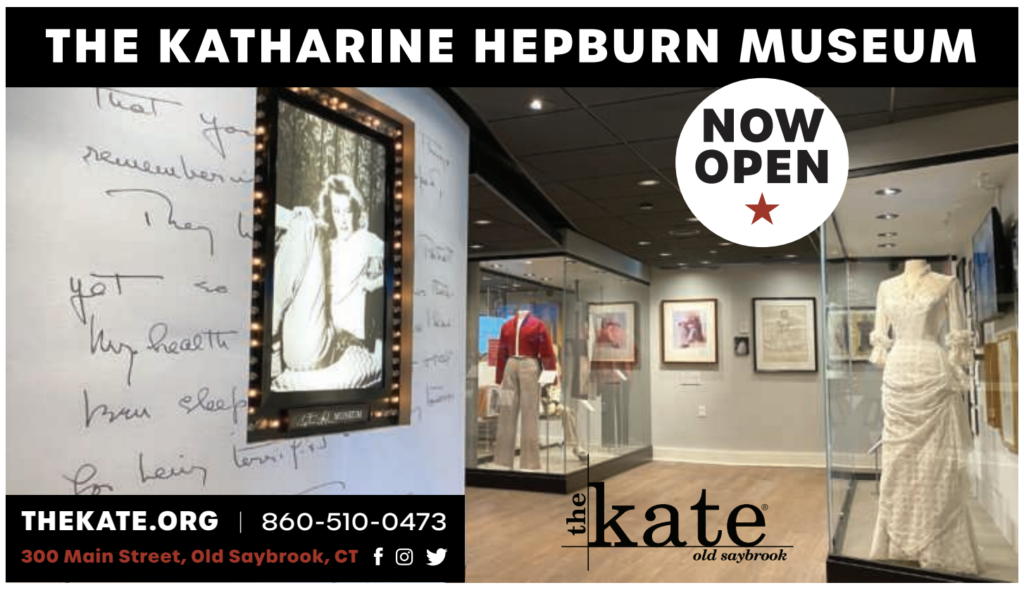(c) Connecticut Explored Inc., Spring 2023
Subscribe/Buy the Issue!
I live in North Stonington, a fairly rural town in the southeastern part of the state. In my backyard, next to the pond, there’s an old sauna foundation. Why a sauna?! Well, it turns out that the person who built my house in 1959 was Finnish. Digging a little deeper, I learned that there are two cultural heritage sites in North Stonington associated with Finns. One of the sites up the road from where I live was owned by Matti Kurikka, a socialist journalist from New York who moved here in 1913 to establish a utopian commune. I love living here, too, but utopia in North Stonington? Who knew?! Kurikka died only two years later, but his vision precipitated a migration of Scandinavian families to North Stonington. Census records reveal that in 1910(before Kurikka), there were four Swedish families and one Danish family in town (1.5 percent of households). In 1920 and 1930 (after Kurikka), as many as 13 families were Finnish, 12 Swedish, two Danish, and two Norwegian (8 percent of households!)
North Stonington is also home to the Eastern Pequot Tribe, who live on a remnant of their former homelands on one of the oldest Indian reservations in the (now) United States. Created in 1683 at the headwaters of the Mystic River, it is bounded by Lantern Hill to the north and Long Pond to the west. Despite countless efforts over the centuries to diminish their land base, detribalize them, deny their sovereignty, and separate children from their parents, they remain. For 13,000 years, they and their ancestors have called this place home. They gave us placenames like Cossaduck, Shunnock, Pachaug, Wyassup, and Wintechog. We drive on roads, hike on trails, and swim at locations with names like these. These places told stories and connected people to ancestors, sustenance, and each other. They still do.
CT Humanities believes deeply in the power of place. Recently we named five locations as Connecticut’s Sites of Conscience: Pequot Hill (Mystic), Freeman Houses (Bridgeport), PrudenceCrandall House (Canterbury), Old Newgate Prison (East Granby), and the Old State House(Hartford). These places highlight the legacy, relevance, and persistence of issues that have influenced our state and nation and continue to drive public discourse. As the only statewide humanities funder, we are committed to supporting long-term civic engagement with topics and locations that reflect on matters relating to human rights, social, economic, and environmental justice; carceral policy, education rights, and tribal affairs.
The two stories I share illustrate how close these places can be to home (literally) and how a single word might be imbued with extraordinary history and culture. If only we dare to explore.
I challenge readers to dig deeper and explore what makes your part of Connecticut special. Then share what you learn with us!
P.S. The pond next to the sauna was made by Oscar Burgius (a Swede), who bought this land after moving to town in the 1920s. Oscar made a few ponds along the brook that runs adjacent to what is now Burgius Lane. His grandchildren are my neighbors today.
Dr. Jason Mancini is CT Humanities’ Executive Director. He is also the co-founder of Akomawt Educational Initiative and the former Executive Director of the Mashantucket Pequot Museum and Research Center.
_______


